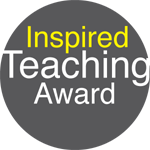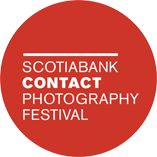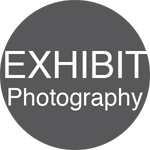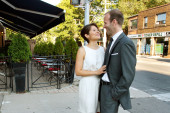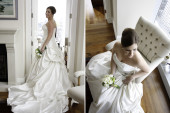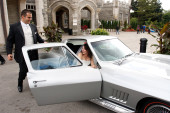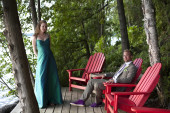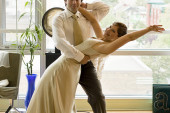I am a very lucky person. Every year I get to teach enthusiastic students about something I love – photography.
Photography has been the defining factor in my life; creatively, professionally, and personally. I started taking pictures when the world was analogue, and now I work with pixels.
The transformation from analogue photography to digital photography has been profound. Just take a look at all the discarded film cameras for sale at Value Village. I was an early adopter of digital photography, but I still own several film cameras.
I teach analogue photography at OCAD U. You may wonder why, given that digital photography rules. The simple truth is that knowing about analogue photography makes students better digital photographers. Analogue photography is a bit like the slow food movement, which encourages folks to take a step back and savour the moment.
With analogue photography, students have to think more about what they are doing since each frame on a roll of 36 exposures has value. Shooting without thinking runs the risk of wasting a frame.
Each shot is an encapsulation of what the student has considered about lighting, composition, and narrative. The option of shooting many multiples with the expectation of finding one that works is removed since there is no “fix it in Photoshop” opportunity.
Unlike digital photography, which gives immediate results, analogue photography is a process. Students must learn to trust their relationship with the analogue camera, and most importantly, they have to learn to trust themselves, and in the decisions they make around the shot.
The same is true when they step into the darkroom. There, the relationship with the process is a whole body and mind experience as they learn to navigate the darkness, and the alchemy that is at the heart of film and print developing.
